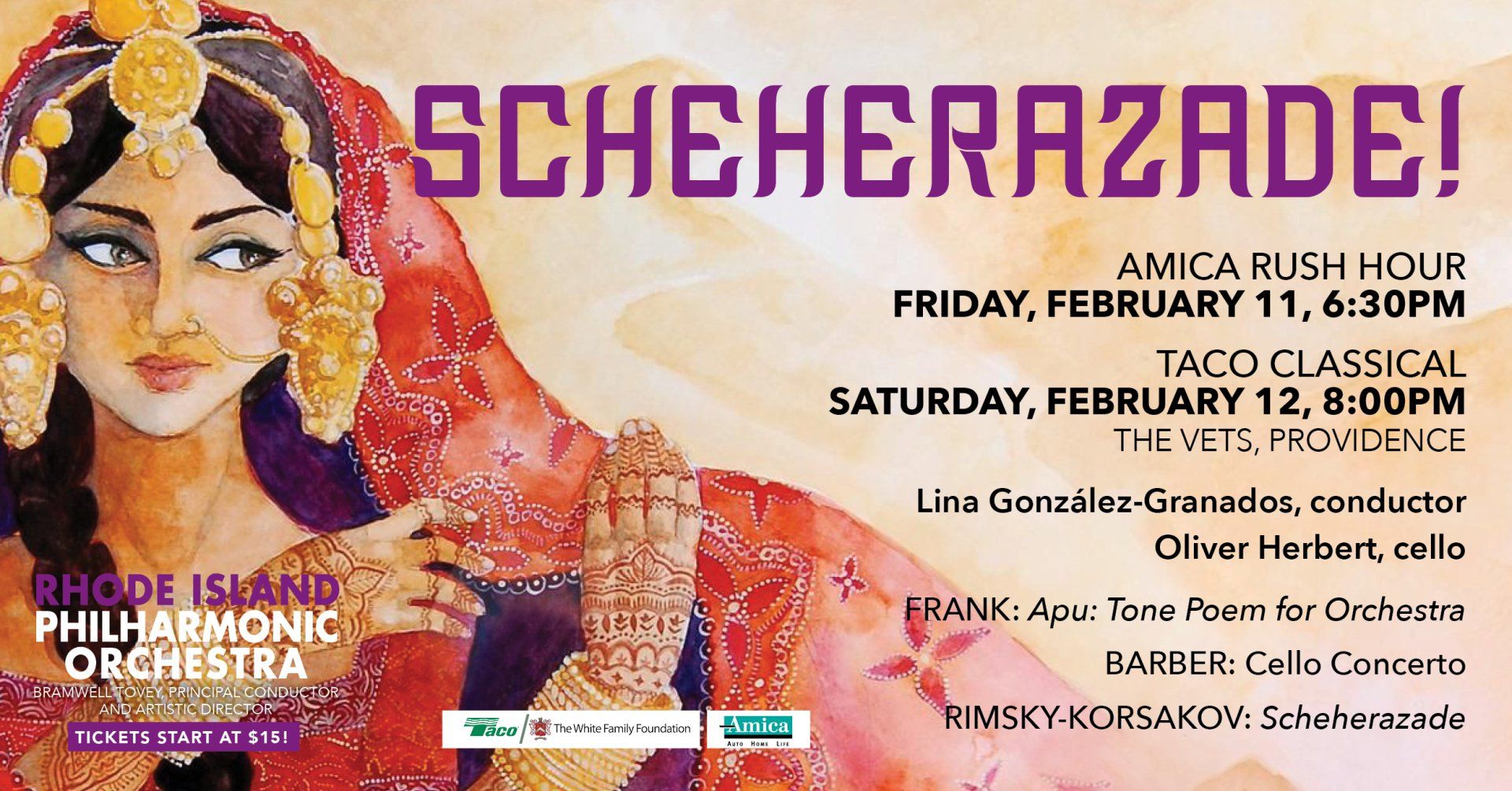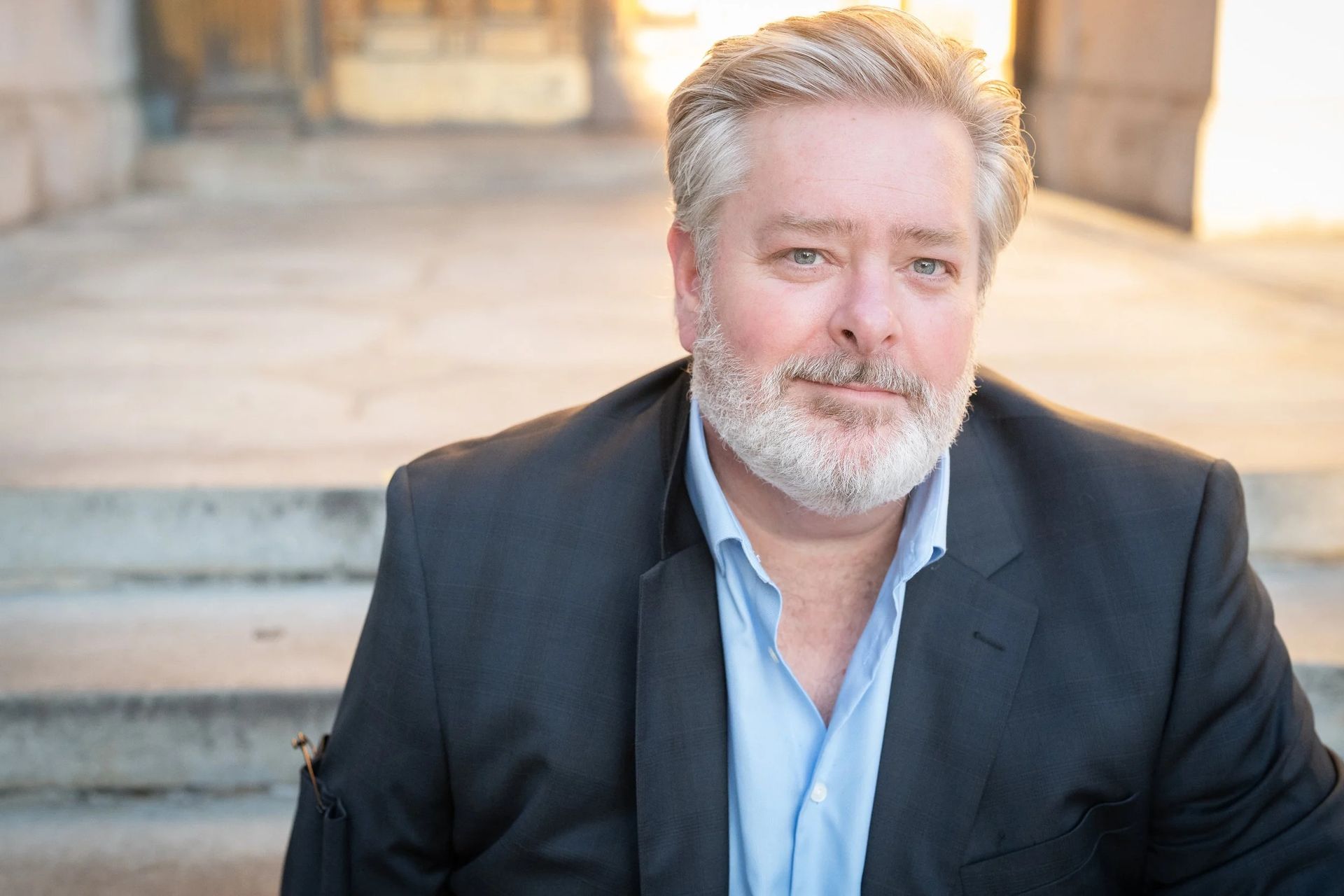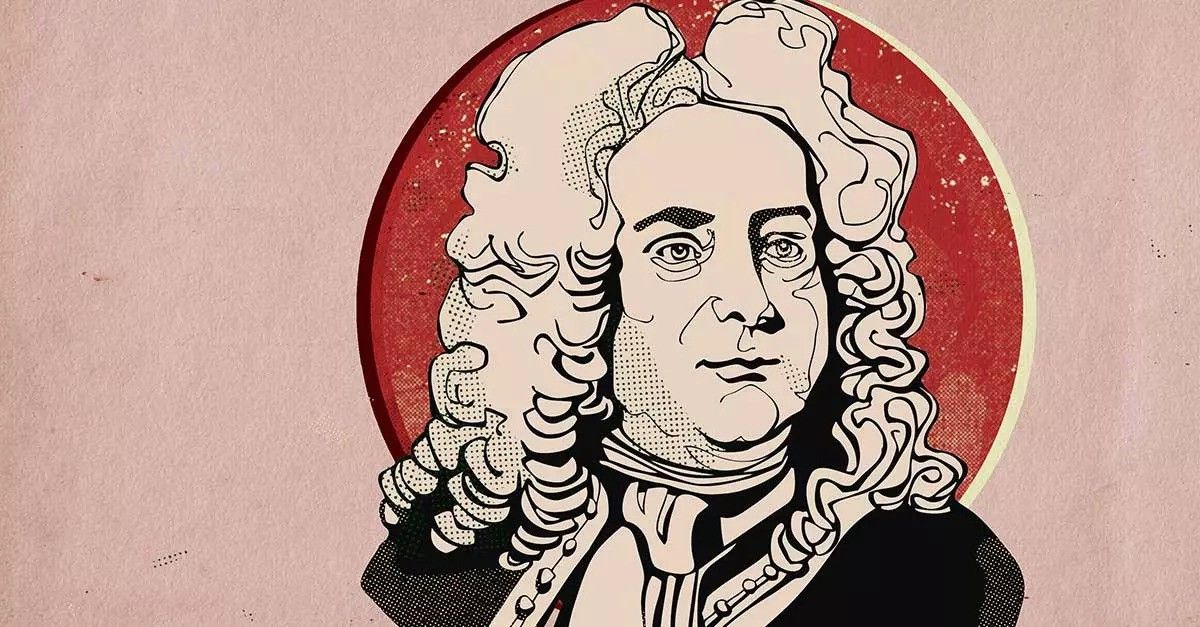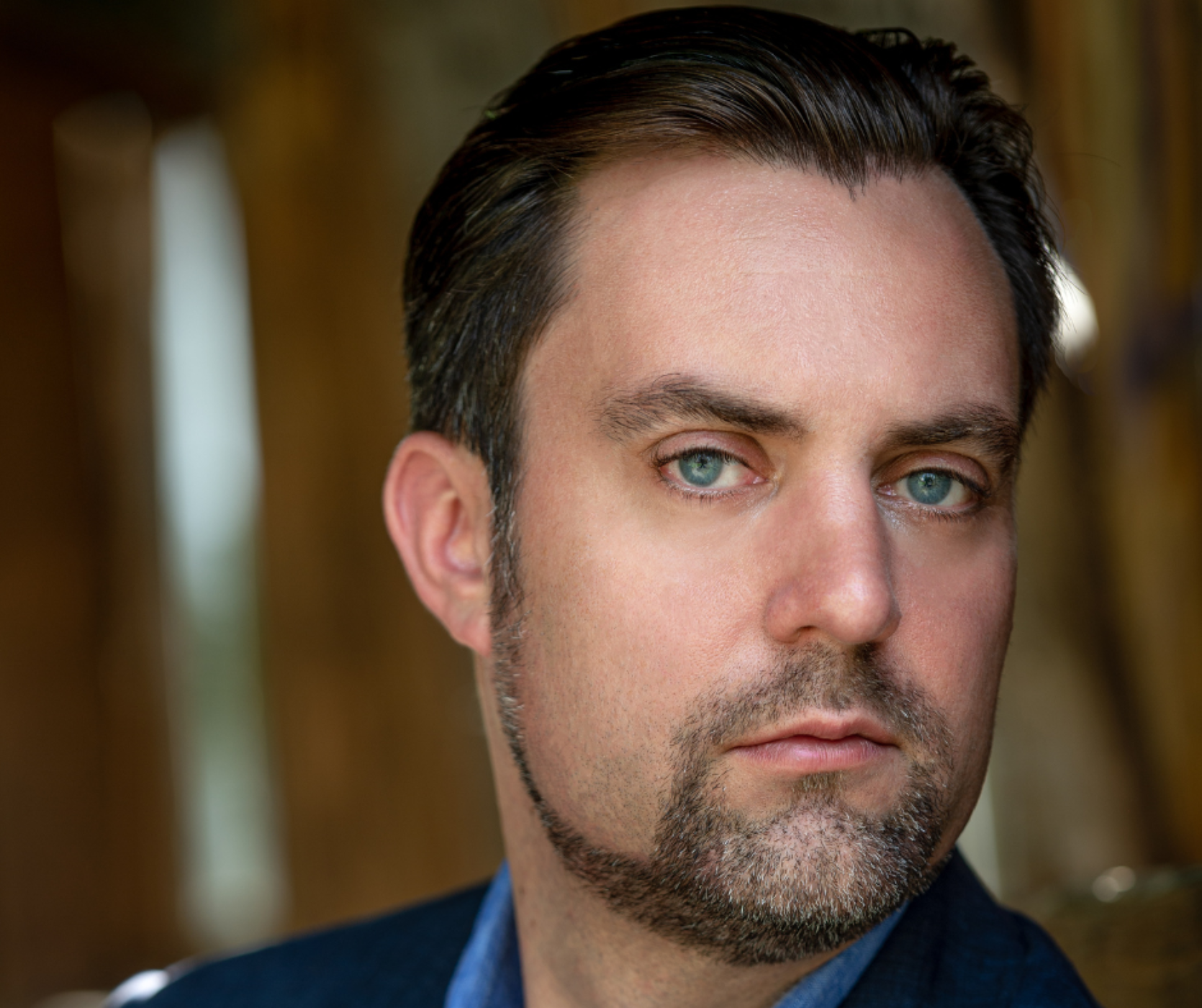THE STORY BEHIND: Rimsky-Korsakov's "Scheherazade"
Share

On February 12, Lina González-Granados and the Rhode Island Philharmonic Orchestra will present Scheherazade with cellist Oliver Herbert.
Title:
Scheherazade, op.35
Composer:
Nicolai Rimsky-Korsakov (1844-1908)
Last time performed by the Rhode Island Philharmonic:
Last performed October 18, 2014 with Daniel Hege conducting. This piece is scored for two flutes, piccolo, two oboes, English horn, two clarinets, two bassoons, four horns, two trumpets, three trombones, tuba, timpani, percussion, harp and strings.
The Story:
During the 1880s, Nicolai Rimsky-Korsakov labored at putting in order the works of the late Modest Mussorgsky as well as completing and orchestrating Prince Igor by the late Alexander Borodin. At this time, he also crystallized certain ideas about the true nature of his own compositional style, coming to realize that his orchestration, in his own words, “had attained a considerable degree of virtuosity and warm sonority. . . .” Given this conclusion, coupled with his ever-present interest in folklore and national musical identity (not necessarily just Russian, however), there is a natural sequence to Rimsky-Korsakov’s last three major orchestral works:
Spanish Capriccio (1887),
Scheherazade (1888), and the
Russian Easter Overture (1888).
Scheherazade was inspired by the tales of
The Arabian Nights in which the Sultan vows to take a new wife each night and have her executed the next morning. However, his latest bride,
Scheherazade, succeeded in saving herself by engaging the Sultan’s interest in a series of interconnected tales. These took 1,001 nights to recount.
Originally, Rimsky-Korsakov’s portrayal of
The Arabian Nights was general and atmospheric. As he stated in his autobiography, “I had even intended to label Movement I of
Scheherazade — Prelude; II — Ballade; III — Adagio; and IV — Finale; but on the advice of Liadov and others I had not done so.” Thus, each movement of the suite bears the name of one of the tales.
Throughout
Scheherazade, several musical themes recur. However, Rimsky-Korsakov was adamant about the generality of this “musical data.” He wrote,
"All I had desired was that the hearer, if he liked my piece as symphonic music, should carry away the impression that it is beyond doubt an oriental narrative of some numerous and varied fairy-tale wonders and not merely four pieces played one after the other and composed on the basis of themes common to all the four movements.
Nonetheless, the two ideas presented at the opening of the work do bear some later significance. These are the themes of the stern Sultan (trombones, low woodwinds, and strings in unison) and of Scheherazade (solo violin and harp). The composer used the latter as a unifying device throughout the suite, presenting it as introductions to the first, second, and fourth movements and as an interlude in the third. At the end of the work, the theme of Scheherazade and the theme of the Sultan are joined in a final moment of quiet sensuousness."
Tickets start at $15! Click HERE or call 401-248-7000 to purchase today!







